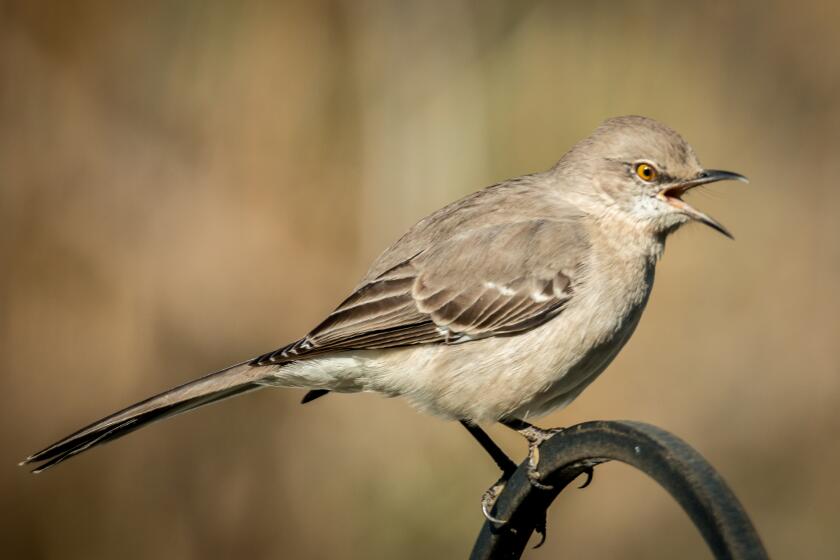Apodaca: We can all do our part to save monarch butterflies
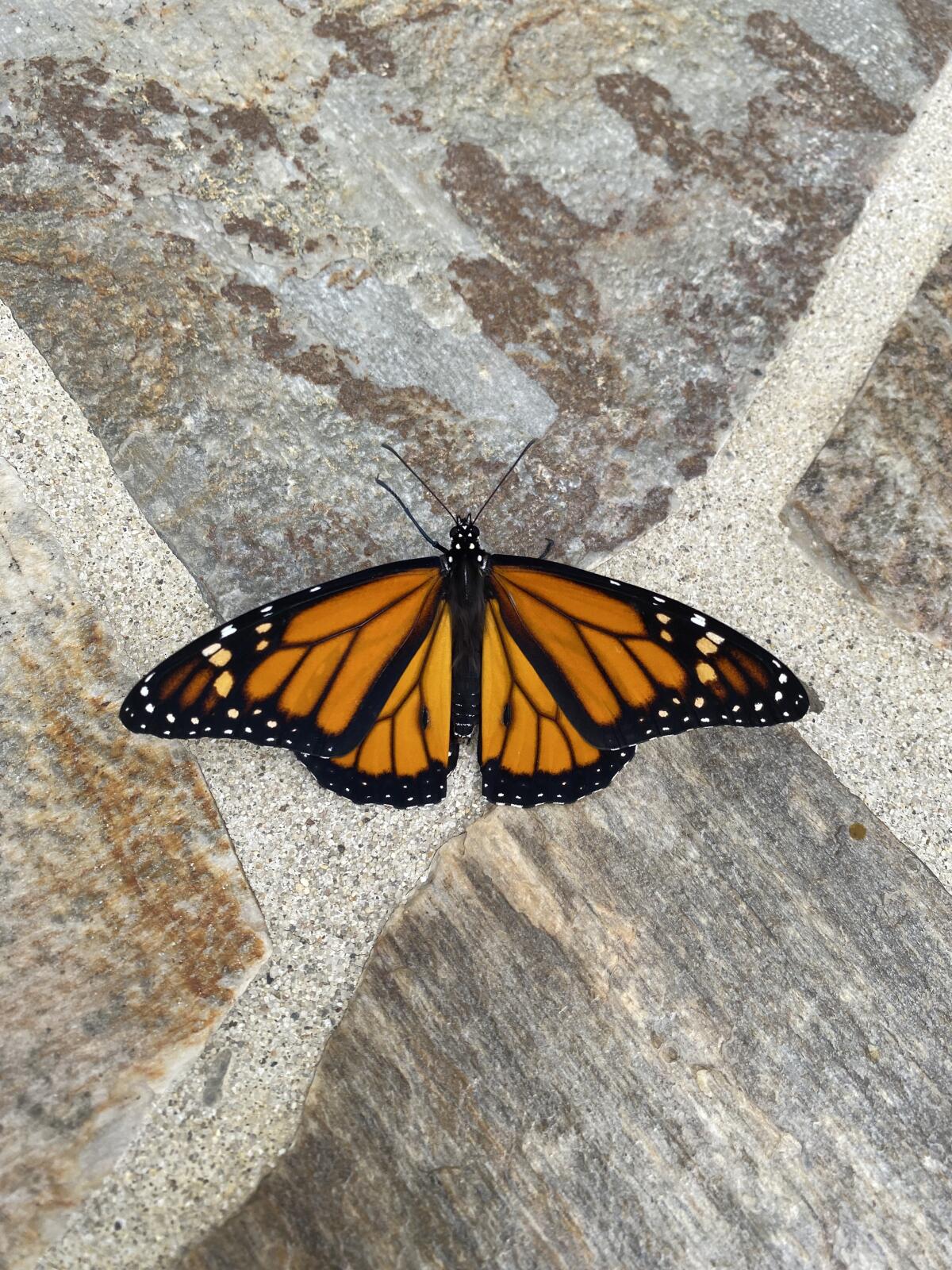
I’ve grown a bit obsessed with monarch butterflies. And who could blame me? It’s hard to imagine a more charming creature, with its stunning orange and black wings that enable a delicate, fluttering aerial dance, a delight to behold.
But they are so much more than their undeniable beauty. Monarchs are also awesome pollinators and an important part of our ecosystem; yet, true to form, we haven’t treated them well. The monarch population has been decimated, and the likely culprits are all human-driven: habitat destruction, pesticide use and climate change.
This tragic decline has been closely monitored by Bob “BugBob” Allen, an author, photographer, biologist, professor and longtime San Juan Capistrano resident.
Allen’s fascination with all things creepy crawly began at an early age. When he was just two years old he began collecting bugs in a jar, and by age nine he was tagging monarchs throughout Orange County as part of a University of Toronto study into their migration patterns.
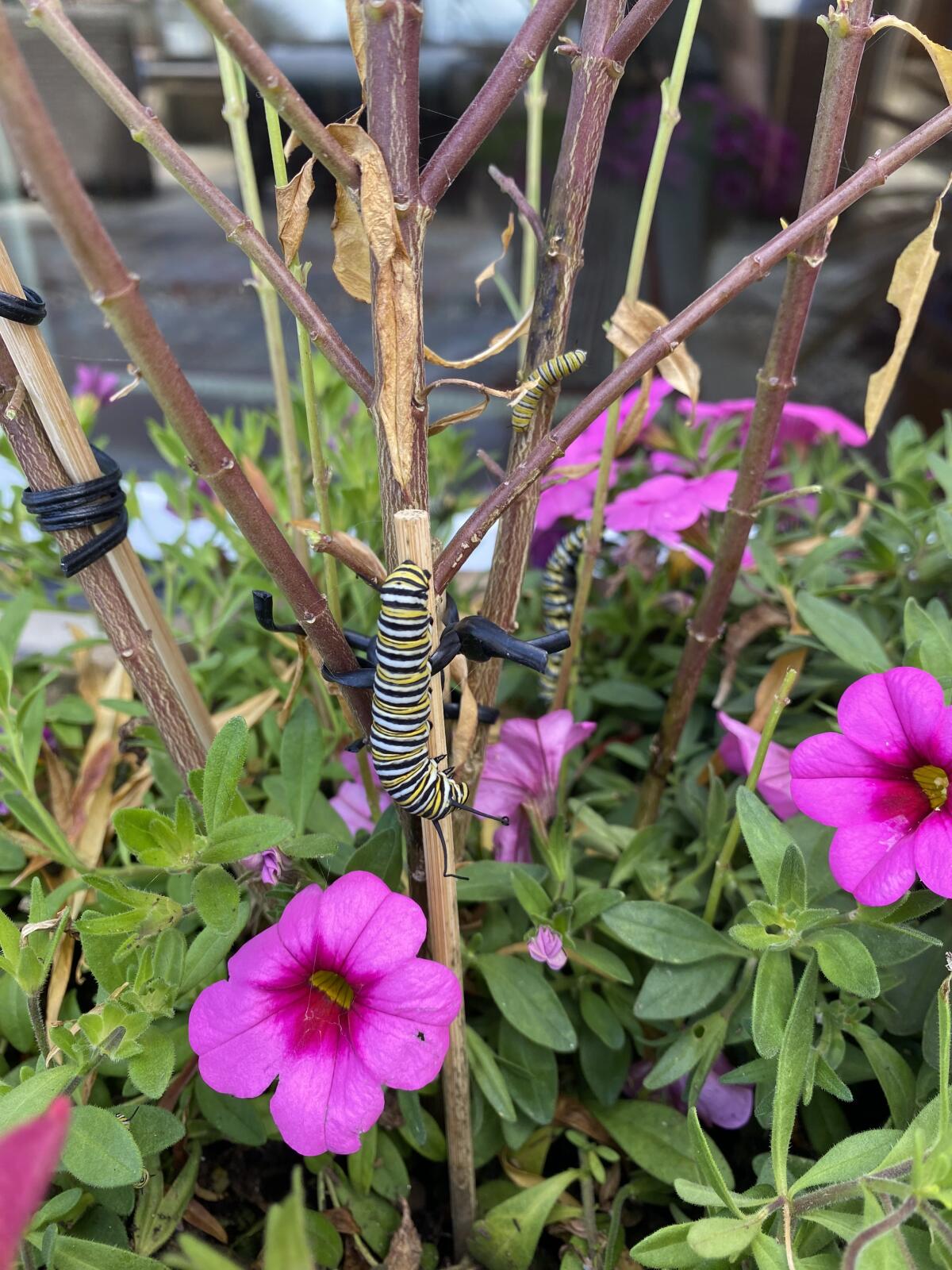
Back in those days, through the 1960s and 1970s, monarchs were plentiful. In the U.S., there are two main varieties, divided by the Rocky Mountains. The more populous Eastern variety migrates from Canada to Mexico and back, and though the round trip occurs over multiple generations, monarchs have been known to fly hundreds, even thousands, of miles.
The Western monarch’s migration patterns are more complicated and difficult to follow. But in Allen’s youth, during the winter months they could be found up and down the coast, hanging out in trees and seeking nectar to drink before moving on or, in some cases, staying put.
Singing has never been one of Patrice Apodaca’s strengths, but an unexpected gift from her husband, coupled with a recent movie release, have helped her gain perspective.
He recalled that at San Clemente State Beach in the 1980s wintertime monarch numbers could reach 20,000 or more. Within about a decade, they were nearly gone.
“Some years there were none,” he said. “In 2010 I counted 200. The next year there were handfuls. It’s been like that ever since.”
It’s not too late to turn this destructive trend around. The good news is that, unlike many of today’s devastating, complex environmental problems, this one has a relatively straightforward solution. And each of us can do our part.
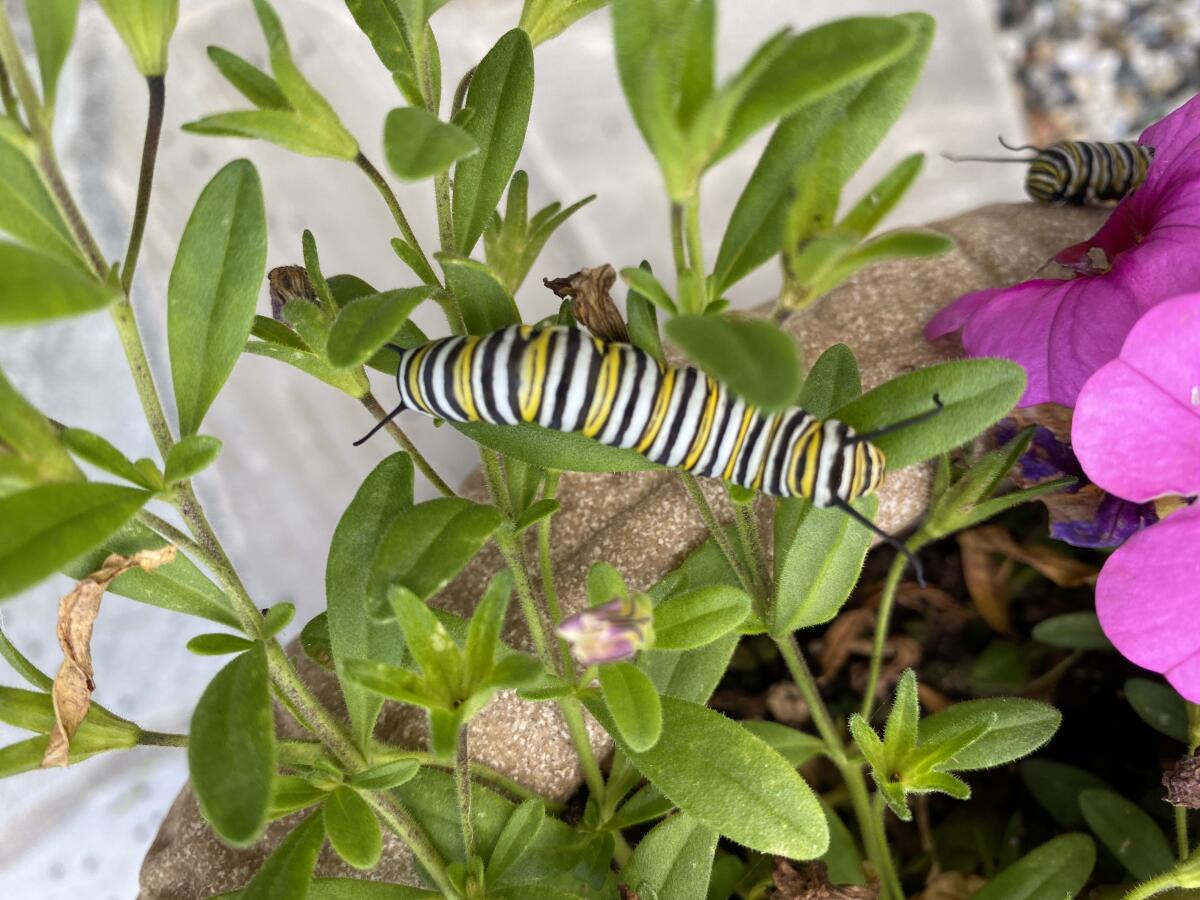
My interest in monarchs was kick-started about six months ago, when I wrote about the new “Butterfly Garden” in Newport Beach’s Eastbluff community. The homeowners association there had decided to replant a neighborhood park with native plants that attract pollinators and require minimal water.
That’s when I learned that monarchs depend on native milkweed plants. They lay their eggs on these plants, and the caterpillars that hatch from those eggs eat the leaves until they are ready to enter the chrysalis stage, from which the adult butterflies emerge a few weeks later.
At the time, my husband — an avid gardener — had just completed a redesign of our backyard garden, with an emphasis on drought-tolerant and pollinator-friendly nectar plants. One type of plant was missing, however — native milkweed. He soon remedied that oversight.
About a month ago, he beckoned me to the garden. There, on the native milkweed, were about a dozen monarch caterpillars munching away. I have never in my life been so excited to see a bug.
In the days that followed we monitored their progress, watching and waiting like expectant parents, even checking on them in the middle of the night. When they stripped all the leaves from one plant, I rushed out and bought two more.
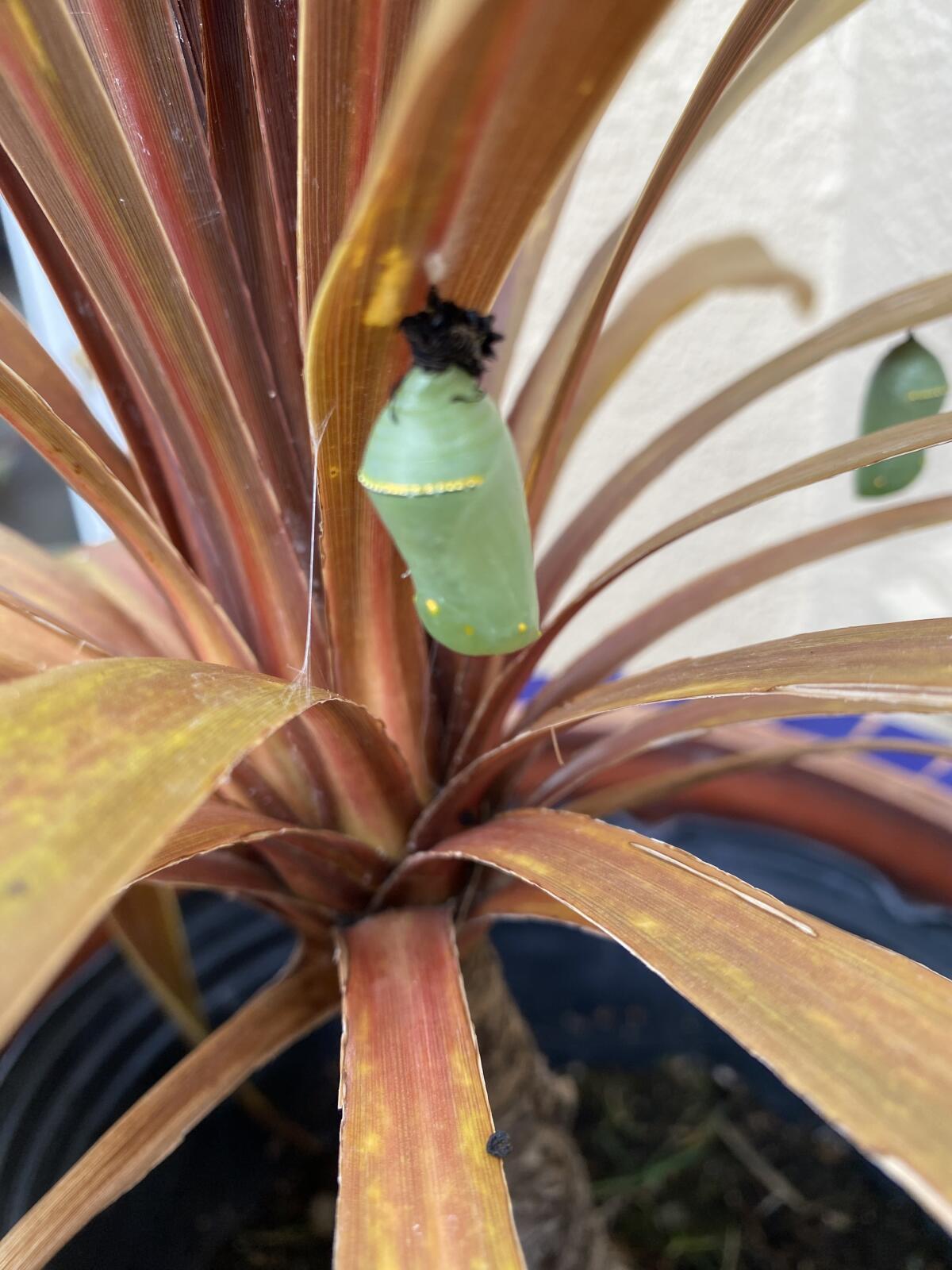
We lost track of most of the caterpillars, and their fates remain unknown, but we waited vigil over two chrysalises that had formed on a nearby plant. We didn’t see them hatch, but the results were evident when we spotted a few monarchs flitting about the yard, no doubt searching for nectar. And the cycle continues — we now have a new generation of caterpillars. Funny how that works.
This wondrous circle-of-life process is not without its dangers, a fact that was driven home when I spotted a monarch stuck in a giant spider’s web, dangling about 15 feet above the ground beside a neighbor’s house. My husband, a man of action, set out with ladder and pole to rescue the captured butterfly.
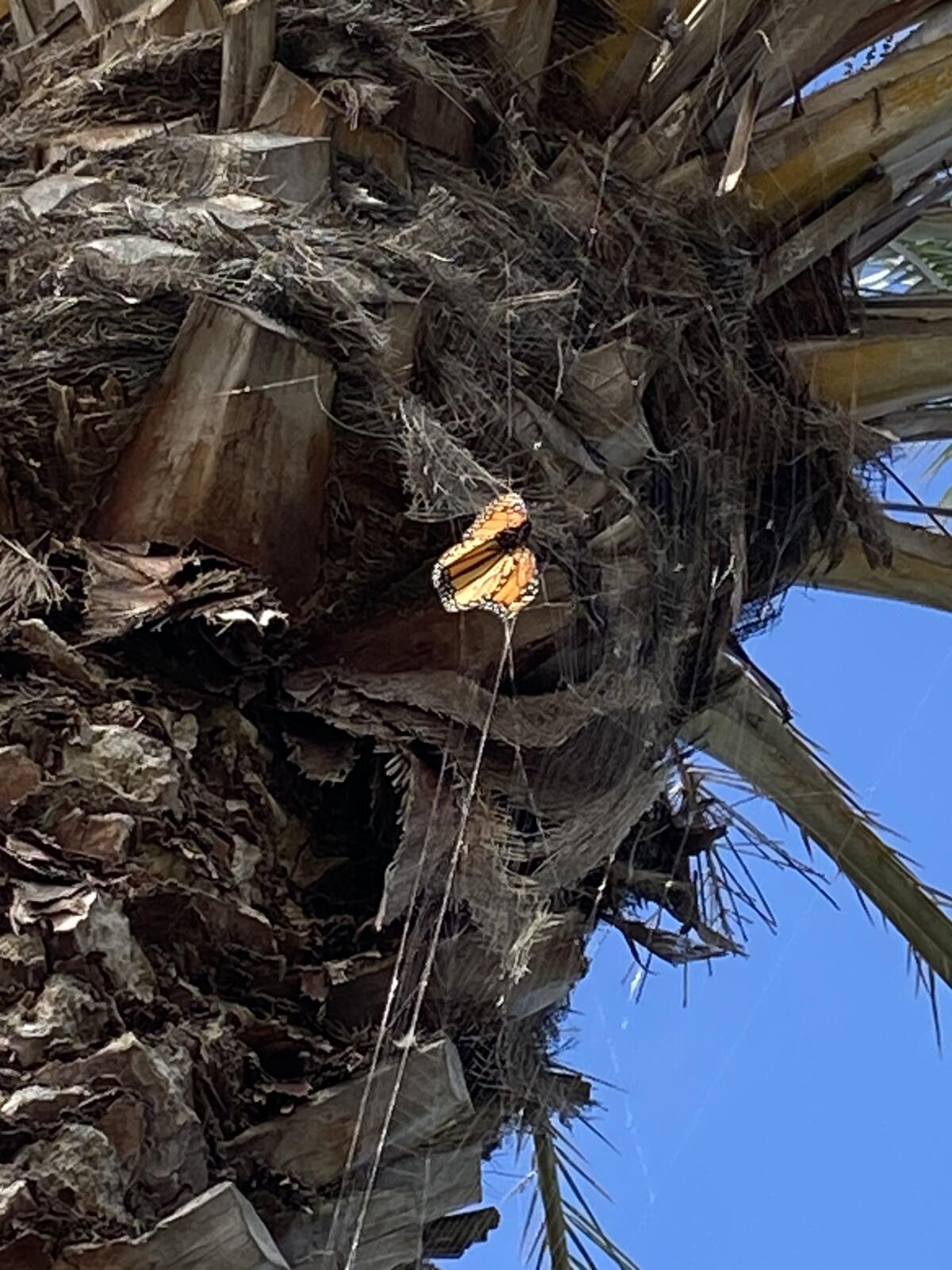
He used the pole to pull down the web and then gently, oh so gently, removed the sticky threads from the monarch’s fragile wings. The reward for his effort was to see it flap its lovely wings and fly away, seemingly unimpaired.
It’s worth emphasizing again that, spiders and other predators such as birds and lizards aside, it is we humans that pose the greatest risk to the continued existence of monarchs. Yet, as evidenced by the feverish demand for native milkweed plants at local garden centers recently, word is spreading, and the motivation to save them is gaining momentum.
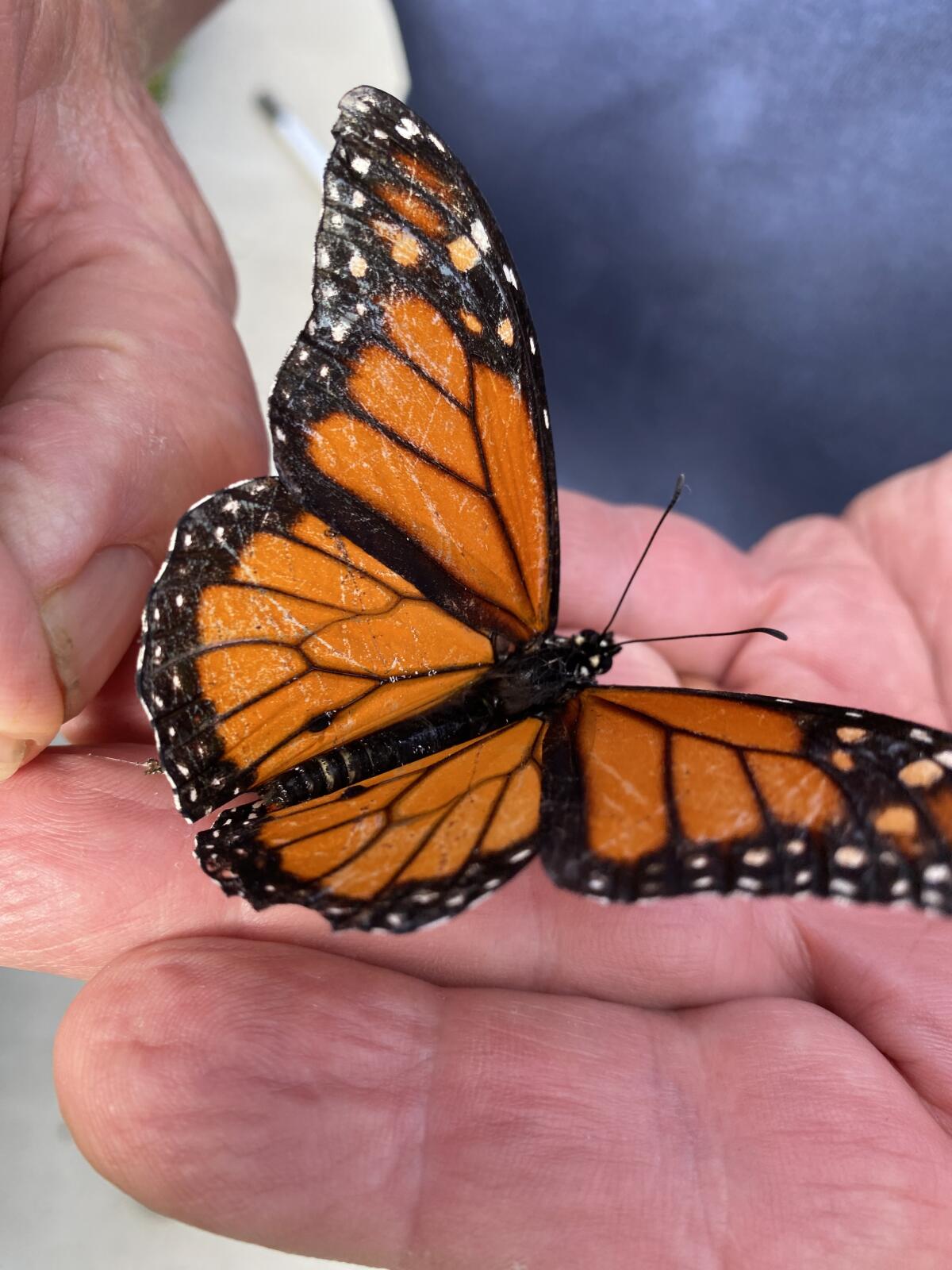
While we’re busy rescuing the monarchs from ourselves, we must also recognize that they are far from the only victims of our abuse of the native habitats upon which countless species depend.
“The monarch becomes an indicator — an iconic and well loved indicator — of what’s happening to a lot of organisms,” said Mike Evans, president and founder of the Tree of Life Nursery in San Juan Capistrano.
“I really want everyone to hear the big picture message.”
Let’s give him reason to believe that the message has been received.
All the latest on Orange County from Orange County.
Get our free TimesOC newsletter.
You may occasionally receive promotional content from the Daily Pilot.
